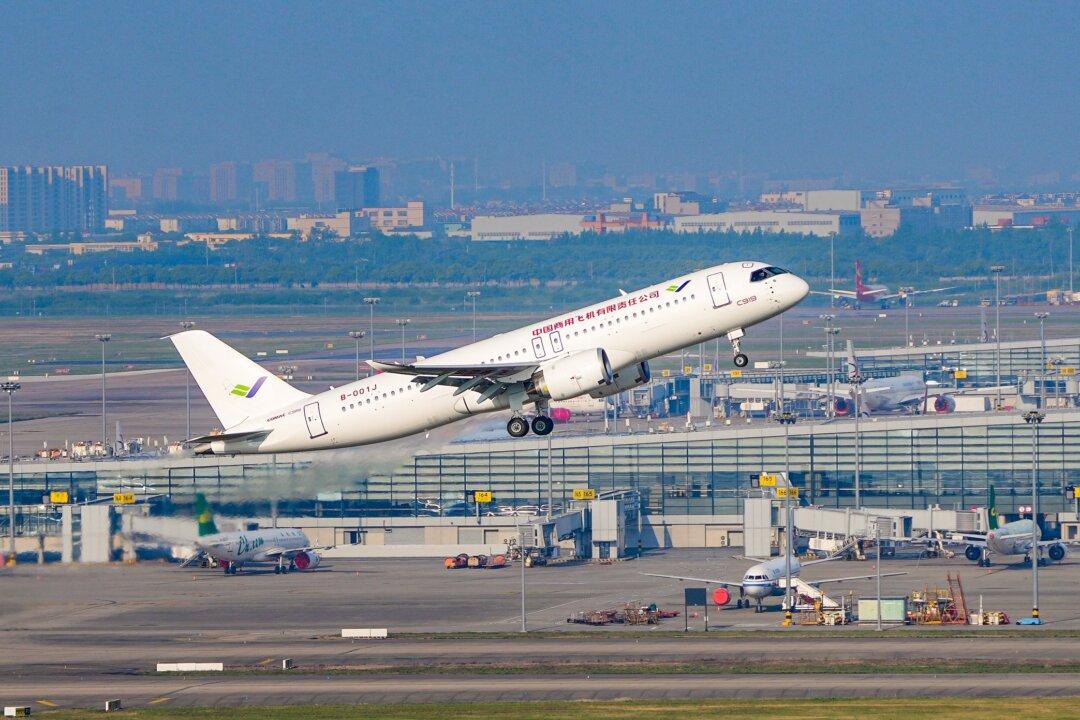Commentary
In mid-May, the first C919 intended for the first airline customer had its first flight. This is good news for China’s dream of becoming a world-class builder of passenger jets.

In mid-May, the first C919 intended for the first airline customer had its first flight. This is good news for China’s dream of becoming a world-class builder of passenger jets.